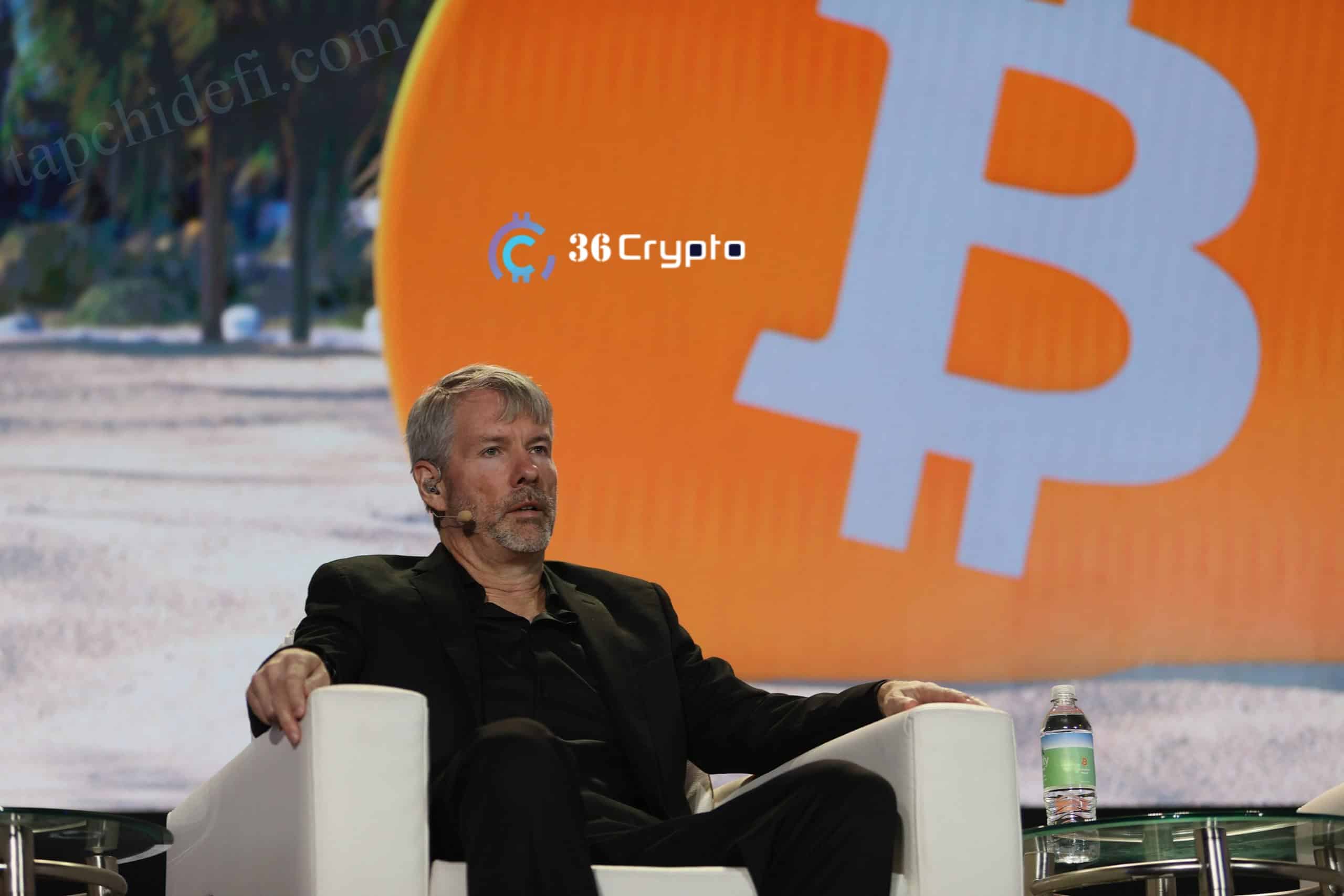ETH $4,219 vs SOL $202: Is ConstructKoin the ReFi presale that captures rotating capital?
Disclosure: This article does not represent investment advice. The content and materials featured on this page are for educational purposes only.
ETH and SOL steady as investors eye ConstructKoin, a ReFi presale bridging crypto and real estate finance.
- ETH and SOL gains drive capital rotation toward ConstructKoin, a ReFi presale for real-estate finance.
- ConstructKoin (CTK) targets institutional investors with milestone-based, compliance-first ReFi architecture.
- CTK leverages ETH for audits and SOL for fast attestations, bridging DeFi tech with real-world financing.
Ethereum (ETH) is trading near $4,219 while Solana (SOL) sits around $202 — two distinct narratives tugging at investor allocations. ETH remains the programmable hub powering L2s, oracles and composability; SOL promises throughput and low-cost settlement for high-frequency dApps.
As those two L1 stories stabilize, capital often rotates into presales and infrastructure with real-world utility. One presale that’s consistently mentioned in institutional conversations is ConstructKoin (CTK) — a ReFi protocol focused on disciplined, milestone-driven real-estate financing. Can CTK capture the capital that rotates out of ETH/SOL gains? Here’s a clear-eyed look.
ETH vs SOL: Different rails, different strengths
- Ethereum: the go-to settlement layer for complex smart contracts, with the richest oracle/L2 ecosystem. ETH’s robustness makes it the natural place to anchor legally-sensitive proofs and composable logic that financing protocols require.
- Solana: high throughput and low fees make SOL attractive when many small on-chain attestations are needed — inspections, progress confirmations, or repeated milestone updates that would be costly on higher-fee chains.
Both chains can play supporting roles for ReFi: ETH for complex composability and audits, SOL for frequent, low-cost proof anchoring. The trick is using each chain where it makes technical and economic sense.
Why rotating capital looks at presales like CTK
When ETH and SOL provide a stable base, institutional allocators with a risk budget ask: where does this extra capital go to earn asymmetric returns but without undue legal exposure? That’s the precise gap CTK targets. ConstructKoin’s value proposition is operational, not speculative:
- Milestone-based tranche releases — funds only disburse after oracle-verified milestones, mirroring traditional tranche financing.
- Compliance-first architecture — KYC/AML modules and auditable trails reduce legal friction for institutional money.
- Developer Gateway & risk scoring — standardized project intake speeds underwriting and reduces due-diligence drag.
- Phased presale discipline — staged capital unlocks align investor funding with execution, not hype.
These elements help transform speculative interest into institutionally palatable allocations, but only if CTK proves pilots and audits.
How CTK can leverage ETH and SOL technically
- ETH (complex proofs & audits): Use L2s and Ethereum’s mature oracle ecosystem to anchor contract-logic, escrow conditions, and cross-contract verifications that need stronger composability and wider audit visibility.
- SOL (frequent attestations): Use Solana to log high-frequency attestations (inspections, daily progress reports) cheaply and quickly, reducing operational cost for pilots that require many small proof events.
- Chain-agnostic strategy: CTK’s architecture should be agnostic — use the best chain for the job and keep financing logic and compliance centralized in the protocol layer.
This hybrid approach reduces overhead and speeds time-to-proof while keeping audits and legal records accessible on the more battle-tested chains.
Catalysts that convert rotation into commitment
- Signed pilot deals that use ETH/SOL proofs + CTK tranche releases.
- Independent audits verifying milestone attestation mechanics.
- Public tranche releases with demonstrable KPIs and repayment track records.
- Institutional or OTC entry points that allow scaled allocations once pilots are validated.
Risks: The sober view
Real-world finance integration is slow. Legal treatment of crypto structures varies by jurisdiction. Oracle reliability, counterparty performance (developers/lenders), and the time needed to scale repeatable pipelines are real hurdles. Investors should watch hard evidence (pilot closures, audits, tranche releases), not narrative alone.
Final thought
ETH and SOL supply the technical rails — composability and settlement throughput respectively. ConstructKoin (CTK) aims to be the financing layer that turns those rails into auditable capital deployment for real projects. If CTK can execute pilots that combine ETH’s auditability and SOL’s low-cost proofs, and if independent audits validate those mechanics, the presale could capture meaningful rotating capital — not by replacing L1 narratives, but by converting that liquidity into repeatable real-world financing.
CEO Chris Chourio emphasizes that CTK’s priority is verifiable deal flow and lender-grade reporting, the two things institutions ask to see before they commit capital.
For more information, visit the official website, Telegram, and X.
Disclosure: This content is provided by a third party. Neither crypto.news nor the author of this article endorses any product mentioned on this page. Users should conduct their own research before taking any action related to the company.
You May Also Like

Why New and Young Investors See Ozak AI as Their Best Shot at Becoming Crypto Millionaires

Michael Saylor: My only worry for Halloween this year is not having enough Bitcoin.
